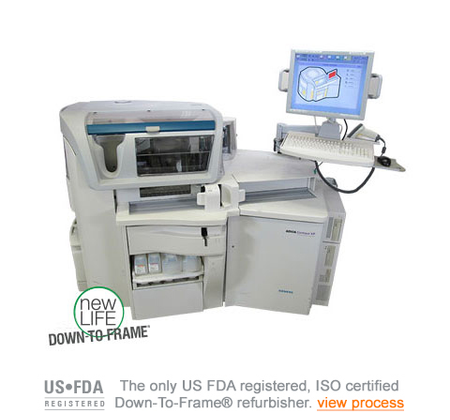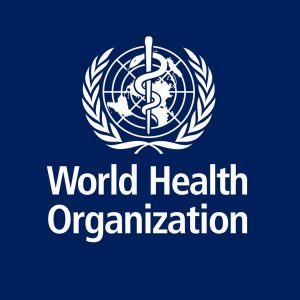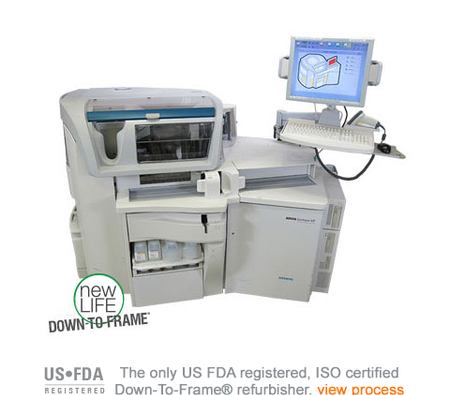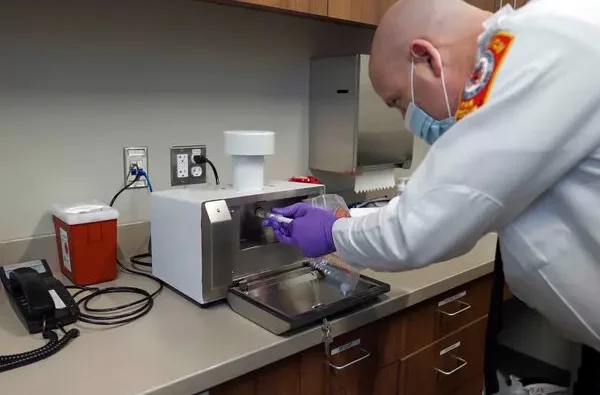
Understanding Disease X: The Unseen Threat
Disease X represents the knowledge that a serious international epidemic could be caused by a pathogen currently unknown to cause human disease. It’s a placeholder for an unpredictable, serious and sudden infectious disease outbreak. As health professionals, we must be prepared for it, even though we don’t know what it will be or when it will strike.
WHO’s Strategic Plan: Averting Disaster
The World Health Organization (WHO) has developed a strategic plan to tackle Disease X. This plan is a comprehensive guide that outlines the steps needed to prevent, detect, and respond to Disease X effectively. It emphasizes the importance of strong health systems, robust surveillance, rapid research, and coordinated international efforts.

Key Components of the Plan
The plan consists of several key components, including:
- Prevention: This involves strengthening health systems, improving sanitation, and promoting healthy behaviors to reduce the risk of Disease X.
- Detection: Robust surveillance systems are crucial for early detection of Disease X. This includes monitoring disease trends and unusual health events.
- Response: Rapid and coordinated response is vital to control Disease X. This involves providing medical care, implementing control measures, and communicating risk to the public.
Role of Disaster Management Professionals
Disaster management professionals play a critical role in implementing WHO’s plan. They coordinate efforts, manage resources, and ensure that all parts of the plan are carried out effectively. Their work is crucial to prevent and control Disease X.
Health Crisis Responders: Frontline Warriors
Health crisis responders are the frontline warriors in the fight against Disease X. They provide medical care, implement control measures, and risk communication. Their courage and dedication save lives and prevent the spread of Disease X.
Implications for Health Policy Research
The plan for Disease X has significant implications for health policy research. It highlights the need for policies that support strong health systems, robust surveillance, and rapid research. Researchers can use the plan as a guide to identify gaps in current policies and propose solutions.
Future Directions: Adapting to New Challenges
The fight against Disease X is not over. As the disease evolves, so must our strategies. We must continue to learn, adapt, and innovate to stay ahead of Disease X. The future of global health depends on it.
Table: Key Points of WHO’s Plan for Disease X
| Component | Description |
|---|---|
| Prevention | Strengthen health systems, improve sanitation, promote healthy behaviors |
| Detection | Implement robust surveillance systems for early detection |
| Response | Provide medical care, implement control measures, communicate risk |










